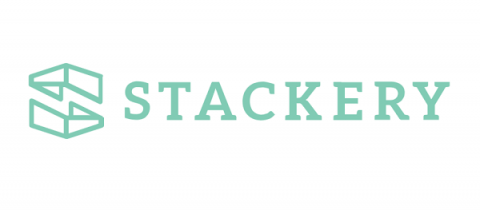How do we set up a proper serverless development workflow?
If you’ve built a serverless application or two, you’re probably familiar with the benefits of serverless architecture. You take advantage of already built, managed cloud services to handle standard application requirements like authentication, storage, compute, API gateways, and a long list of other infrastructure needs. You can spin up these resources in a matter of minutes and add your own specific business logic (usually as AWS Lambda function code).



